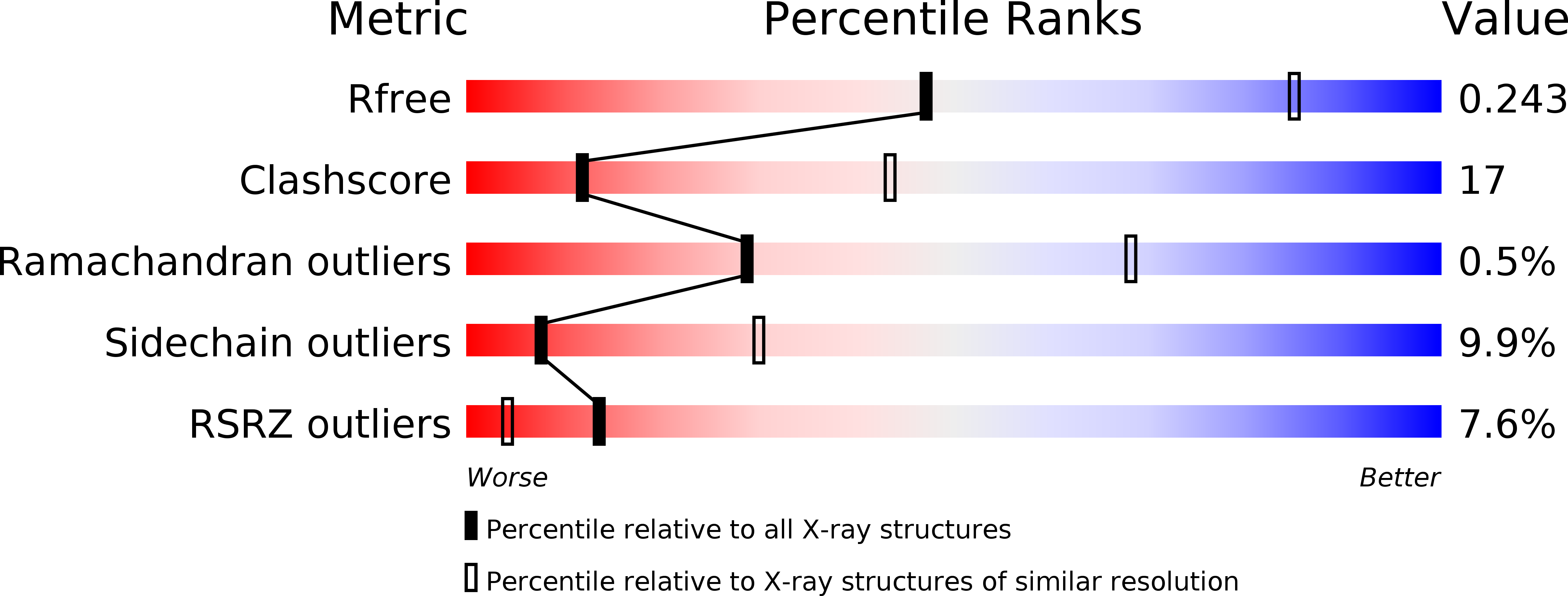
Deposition Date
2011-07-22
Release Date
2011-11-30
Last Version Date
2024-11-20
Entry Detail
PDB ID:
3T1I
Keywords:
Title:
Crystal Structure of Human Mre11: Understanding Tumorigenic Mutations
Biological Source:
Source Organism:
Homo sapiens (Taxon ID: 9606)
Host Organism:
Method Details:
Experimental Method:
Resolution:
3.00 Å
R-Value Free:
0.25
R-Value Work:
0.22
R-Value Observed:
0.22
Space Group:
P 21 21 21


